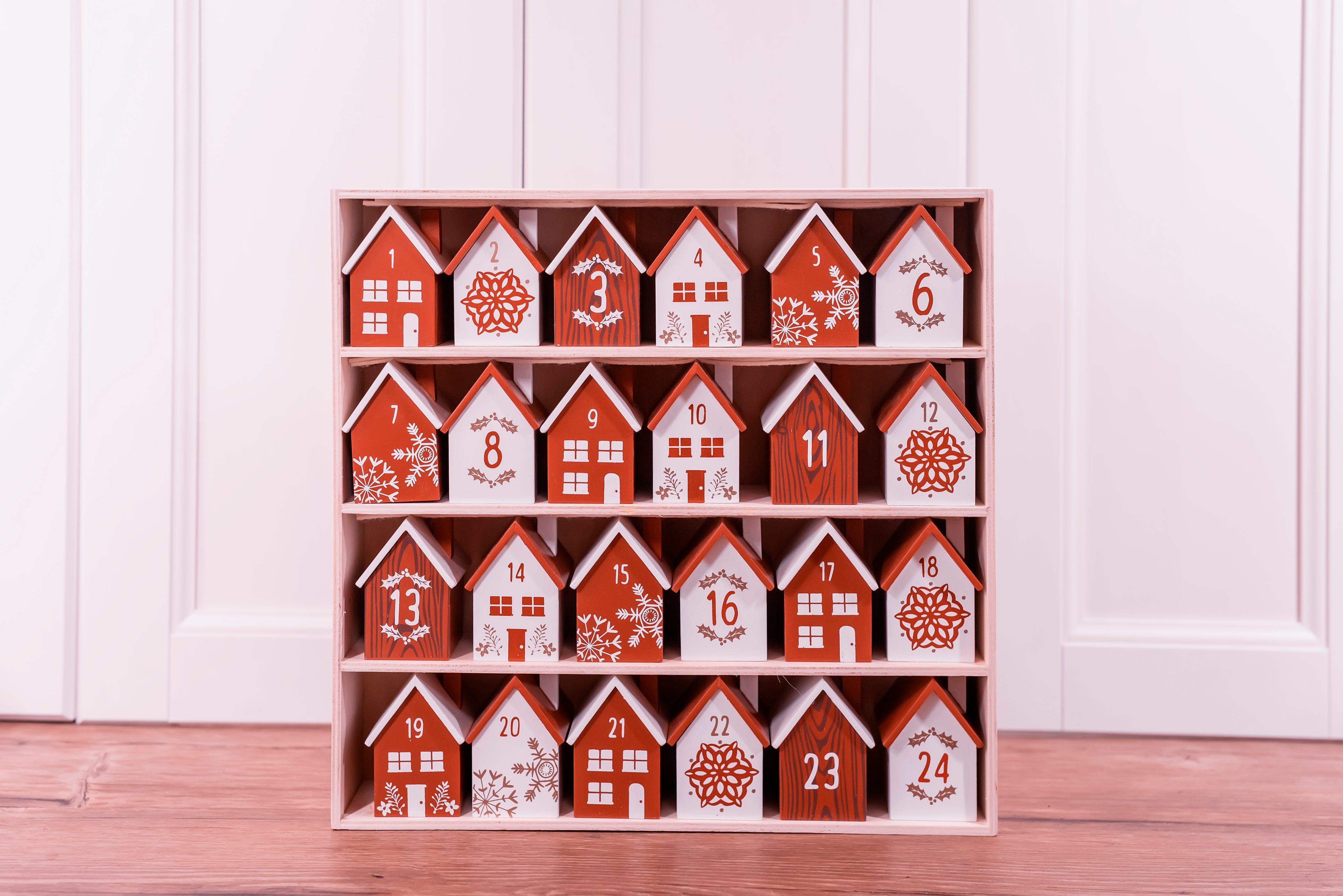What is a reverse advent calendar? A way to help those in need this December
A perfect way to give back this festive season

Your support helps us to tell the story
From reproductive rights to climate change to Big Tech, The Independent is on the ground when the story is developing. Whether it's investigating the financials of Elon Musk's pro-Trump PAC or producing our latest documentary, 'The A Word', which shines a light on the American women fighting for reproductive rights, we know how important it is to parse out the facts from the messaging.
At such a critical moment in US history, we need reporters on the ground. Your donation allows us to keep sending journalists to speak to both sides of the story.
The Independent is trusted by Americans across the entire political spectrum. And unlike many other quality news outlets, we choose not to lock Americans out of our reporting and analysis with paywalls. We believe quality journalism should be available to everyone, paid for by those who can afford it.
Your support makes all the difference.December is here, along with the many Christmassy traditions that come with it. While advent calendars, trees, wreaths and all the other trimmings are a wonderful part of the experience, there is a way that you can adapt your celebrations to help others in need.
The reverse advent calendar is becoming increasingly popular with philanthropic festive fans. Instead of (or as well as) eating a piece of chocolate to mark the days that lead up to Christmas, the idea is to put aside an item each day to donate to a food bank or charity.
Collect these goodies throughout your 12 or 24 days of Christmas, and take them to a donation point – like a food bank or a charity shop if you’re looking at donating non-food items – on the final day.
Food banks ask that you start this process as early in November as possible, so they can distribute to those in need before the big day, according to food poverty charity the Trussell Trust.
“Reverse advent calendars are a lovely way to support people who are struggling to afford the basics at Christmas time," Emma Revie, chief executive of the charity, says. “Food banks really appreciate every single donation – it makes such a difference in the short-term.”
Some 2.5 million young people in Britain were estimated by Unicef to live in “food-insecure” households in 2019. Food poverty is becoming an increasing concern in 2020, with the Covid-19 pandemic and its economic impact pushing “middle-income” families to also use food banks to get by.
Author and mental health campaigner Matt Haig has declared his support for making reverse advent calendars this year, calling it “a new Christmas tradition, though one that shouldn’t have to exist” in an Instagram post. Here’s how to get involved.
How to make one
After you’ve decided whether you’re going to do a 12 or 24-day calendar, the next task is to decide what you’re going to collect. You can either pick a theme – toiletries, food, old CDs, DVDs or books, clothes, food – or decide to do a mix. It’s always worth checking at your local charity shop or supermarket donation point to see what they need the most before you make a final decision.
Then, make a designated area or container that you can put your donations in each day. This can be a corner of your house, a cardboard box, or a carefully and festively decorated calendar complete with glittered-covered doors, depending on your creative skills. After all, what matters is what’s inside.
Each day, choose an item to go in your reverse advent calendar. Then, on the final day take your spoils to your donation shop/point of choice.
Where to take your calendar once it’s complete
Depending on what theme you have chosen for your reverse advent calendar, you can take the contents to various charity shops. To name a few examples, homeless charity Crisis is taking food and clothes, while the Trussell Trust’s food banks are dotted all around the country and are taking all manner of food groups to help feed those in need all year around.
Great Ormond Street Hospital will take games and entertainment-related gifts for their patients – a great place to donate your much-loved board games. Old toys can go to the Salvation Army, the British Heart Foundation, the Samaritans or Barnardo’s – the latter two also take toiletries and books.
This isn’t an exhaustive list, and it’s well worth looking up which organisations are accepting donations in your local area. Also, while this is an excellent festive idea, why not set up another donation calendar in the new year? Charities and food banks need help all year around.


Join our commenting forum
Join thought-provoking conversations, follow other Independent readers and see their replies
Comments